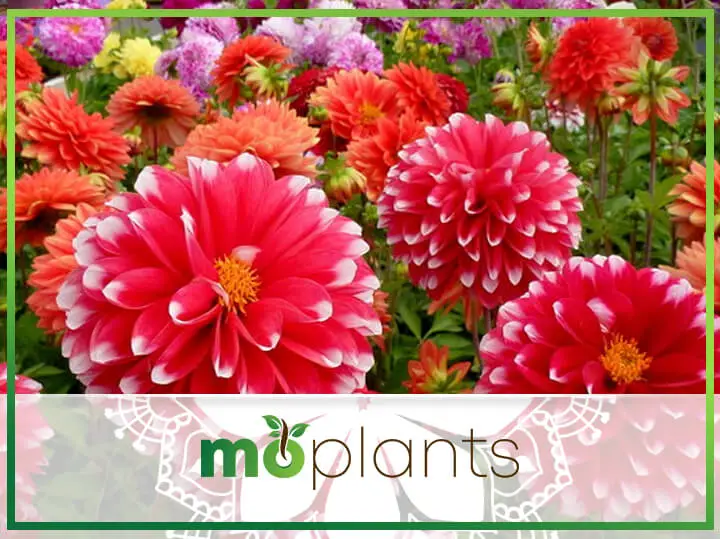In the south of the Valley of Mexico, the Xochimilca, people of the flowers, founded their city upon a verdant wetland. They dwelled on earth just inches higher than the shallow lake surface that surrounded them. To create more dry land they hauled lake bottom muck in baskets to create man made islands known as chinampas. This land would prove among the most fertile places on earth, linked by a system of spring fed canals.

Building up the chinampas by hand just as it was done by the Aztecs.
There they cultivated gardens of flowers and vegetables in what is today called Xochimilco, place of the flowers. From the highlands that surround their valley they brought wildflowers, both the cempacuchil marigold and bright wayside blossoms known today as dahlias. Growing like potatoes out of thick underground tubers, the many small flowered species produced a wide range of color.
The Mexican native wildflower, Dahlia coccinea.
The Xochimilca were conquered by the Aztecs, their agricultural region taken over to support the needs of a rapidly expanding empire centered further north at Tenochtitlan. The Aztecs were avid gardeners and dahlias soon found their way into the gardens of the Emperor and homes of the wealthy tended by slaves. Flowers, with their short life and fleeting beauty would become vital to celebrations of their many gods and death. They would deem Xochipili the god of flowers. There is no doubt that the dahlias collected in Tenochtitlan from far corners of Mexico and Guatemala began to naturally cross pollinate in these gardens, producing ever more varieties. But again the dahlia and its people were conquered.
Hernan Cortez wrote of the flowers known in the Nahuatl language as acocotli, and even sketched them. Sadly this and other Spanish works are all that remains of the Aztec records detailing how dahlias were used in garden and as a medicinal. The valuable codex or written works of this culture were summarily burned. Only seeds were sent back to Spain. Flowers of three species eventually grew in Madrid: purple Dahlia pinnata, pink Dahlia rosea and vivid red Dahlia coccinea. All of these figure into the history of our modern day hybrids, but many believe even these were early hybrids themselves gathered from the gardens of the Aztecs. Europeans would soon discover that when grown from seed the offspring of dahlias were highly variable. The original species contained genes of a whole rainbow of hues and forms, and when crossed the results were staggering.

Fancy modern dahlia hybrids.
Nineteenth century breeding exploded around the world as fancy and show types produced larger and more complex colored flowers. In 1872, a load of dahlia tubers from Mexico arrived in Holland, but only a single one survived. This would become Dahlia ‘Juarrezii’, the progenitor of the spectacular cactus flowered dahlia.
Xochemilco canals and the floating garden boats formerly bedecked with fresh flowers.
Xochimilco remains today the horticultural heart of Mexico, the chinampas farmed by boat just as they have been for centuries. Visit any weekend and climb aboard one of the famous floating decorated boats rented by locals and tourists alike. From these you’ll see the farmers working. But if you hike a bit further afield in that city you’ll find numerous nursery districts. In this flea market of plants and flowers you can feel the original commerce of preColumbian Mexico, driven by local growers on a cottage industry level. Here you will find the dahlia blooming big and bold in nearly every stall just as it has since the Xochimilcan times. But these will not be the original wildflowers. Instead these ware the bold beauties developed in Europe and further North to come home again.

